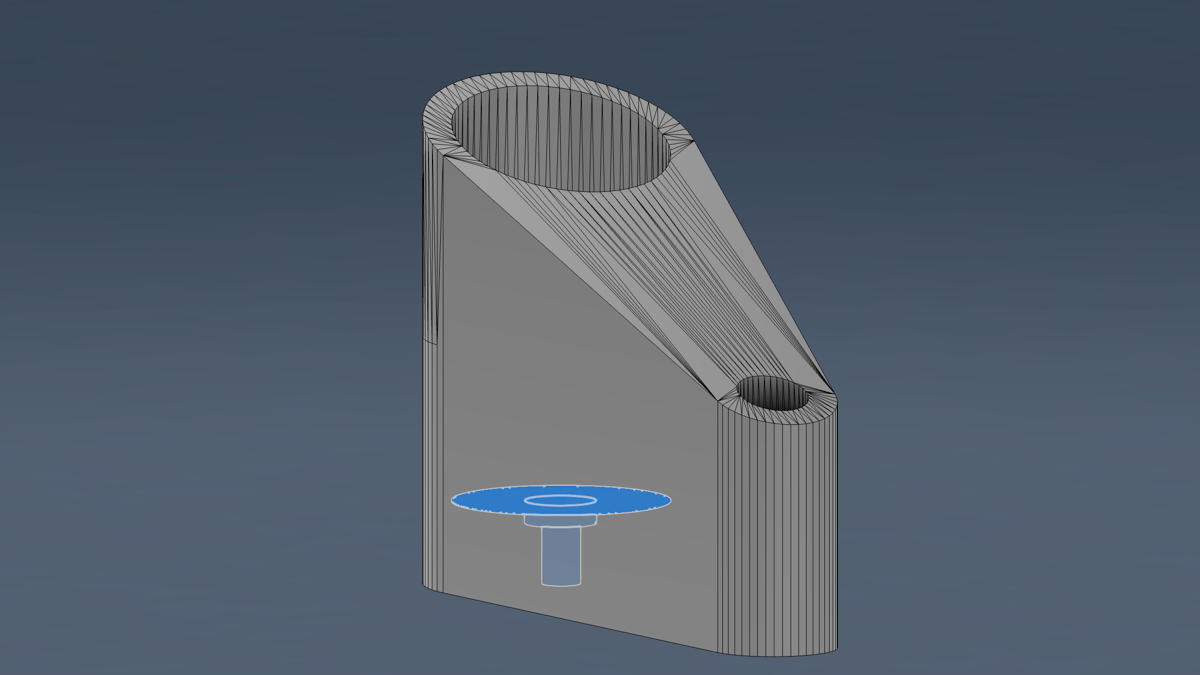Earlier this year, I started looking for an indoor bike storage solution suitable for my relatively small apartment. In the end, a simple 3D printed PETG wall bracket and wood shaft was the fix; a $60 saving on a similarly stylish number had I turned to the internet for a ready-to-go solution, by my estimate.
Bike racks, it turns out, can be rather expensive for what they are. Wood pole mounts seem to have become a popular minimalist solution that is often a little more accessibly priced. But, as I browsed the options, I stumbled on a 3D printing business, Tons, that offers on-demand cycling and fitness items made of wooden poles and custom 3D printed parts.
Tons is an awesome example of what looks like a successful, focused 3D printing business. The All3DP editors run into them from time to time and share them with each other to some fanfare. Tons, in particular, stood out for finding a niche where a part that looks printable in around 2 hours can be sold for over $100.
So, of course, I wanted to make one myself.

There are plenty of options for 3D printable bike racks freely available on 3D model repositories (why didn’t I think of it sooner?). At this point, I was enamored with Tons’ simple, undeniably Nordic design and found a similar concept on Printables by Denvis, who has, notably, now spun the design into their own similarly lucrative-looking 3D printing business.
Denvis’ design was almost what I was looking for, but it was designed with space for just one anchor at the bracket’s top and a 28 mm diameter pole for the bike to rest on. At just over 12 kg, my own gravel bike is a little on the heavy side. It’s probably overkill for the weight, but I wanted two mounting points to prevent failure in the sometimes-brittle brick wall the brackets would be mounted on. So, into Fusion I went. A quick sketch and extrude later, I had another anchor point.

I printed the brackets with Bambu Lab PETG on the Bambu Lab P1S. Though Davis says theirs was printed in PLA, PETG is less brittle and more liable to bend before breaking if the weight is too much. Davis also suggested a high 60% infill. I intended to use something like 30% infill, but mistakenly left it at Bambu Studio’s default 15% and decided to go with it.
After picking up a 28 mm wood shaft and some anchors from my local hardware store, the bracket was ready to go. My bike has been safely stowed on the wall for a few months now, and the bracket is holding up well, even with the lower infill.
If you’d like to print a minimalist bike rack of your own, we’ve uploaded the remix of Davis’ model to our Printables page. Be sure to share your own make!
Update – April 2, 2025: At the request of the original designer, who has opted to remove their own public design, we've removed our minimalist bike rack remix.
You’ve read that; now read these:
License: The text of "We 3D Printed a Minimalist Bike Rack, and So Can You" by All3DP is licensed under a Creative Commons Attribution 4.0 International License.
 Stay Informed, Save Big, Make More
Stay Informed, Save Big, Make More